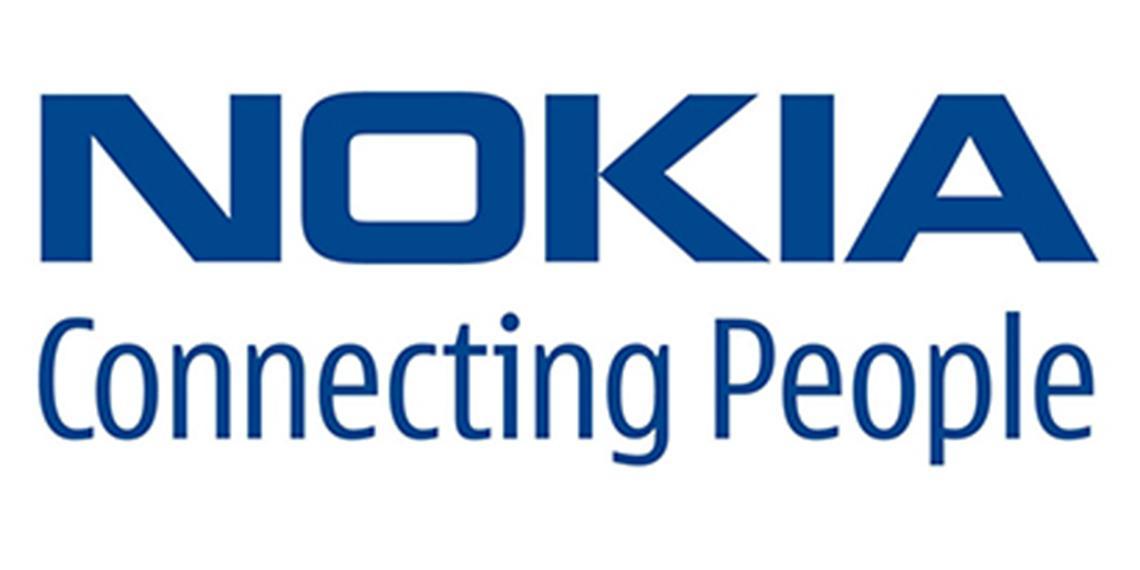Nokia Networks will be showcasing at the 2016 Mobile World Congress in Barcelona, Spain. This year, the Finnish company will be demonstrating how its IoT related end-to-end capabilities support operators and enterprises in addressing numerous use cases and business models in the rapidly developing market.
Nokia incorporates its network infrastructure with secure IoT connectivity, distributed cloud, and also IoT platforms with applications and analytics. The company's IoT services complement this with expertise to design, integrate and customize the IoT solutions.
Nokia's demonstrations are important because it shows how IoT will open up opportunities in connected mobility, smart cities, public safety and healthcare, the connected home, as well as various other areas. For operators, the company's complete portfolio simplifies the management of IoT connections and the development of IoT applications.
Nokia's IoT community is specially designed to engage organizations from multiple industries in collaborating on new business models for IoT use cases. This innovative community aims to validate these models and expand Nokia's IoT partner ecosystem for radio and device certification with leading device and application vendors. This collaboration should accelerate the delivery of IoT solutions and create more business value.
The company supports all three 3GPP IoT radio technologies to meet the varying connection requirements of different applications. Nokia supports the following complementary technologies to enhance GSM and LTE radio networks for IoT connectivity: NarrowBand IoT (NB-IoT) increases the coverage of LTE networks seven-fold and simplifies modems by 85 percent to support low data volume IoT applications over a wide area. Providing the same coverage and modem simplification benefits as NB-IoT, Extended Coverage GSM (EC-GSM) addresses IoT markets in regions where LTE deployments are not widespread. Lastly, Enhanced Machine Type Communications (eMTC) complements NB-IoT by addressing demanding IoT applications with low to mid-volume data use of up to about 1 Mbps. The technology also simplifies modems by about 80 percent.
These particular technologies help to provide low-cost connectivity, improve indoor and rural coverage and increase IoT device battery life to support remote sensors and meters.
Kathrin Buvac, chief strategy officer at Nokia, says: "Nokia, together with an ecosystem of trusted partners, is now expanding the human possibilities of technology to domains of connected mobility with cars and drones, connected cities with smart parking, connected homes with residential gateways, connected healthcare, virtual and augmented reality, public safety and many more areas.
"Our broad suite of IoT solutions, ranging from vertical applications, cloud platforms, network connectivity and services, is at the heart of digitalizing industries. We help both our operator and enterprise customers capture value from those use cases. Additionally, Nokia is innovating new business models that help our customers prepare for the massive amount of devices, sensors and connections, and business value that the Internet of Things will bring."
